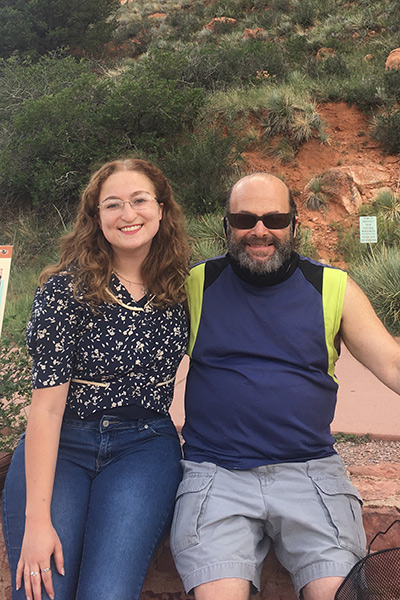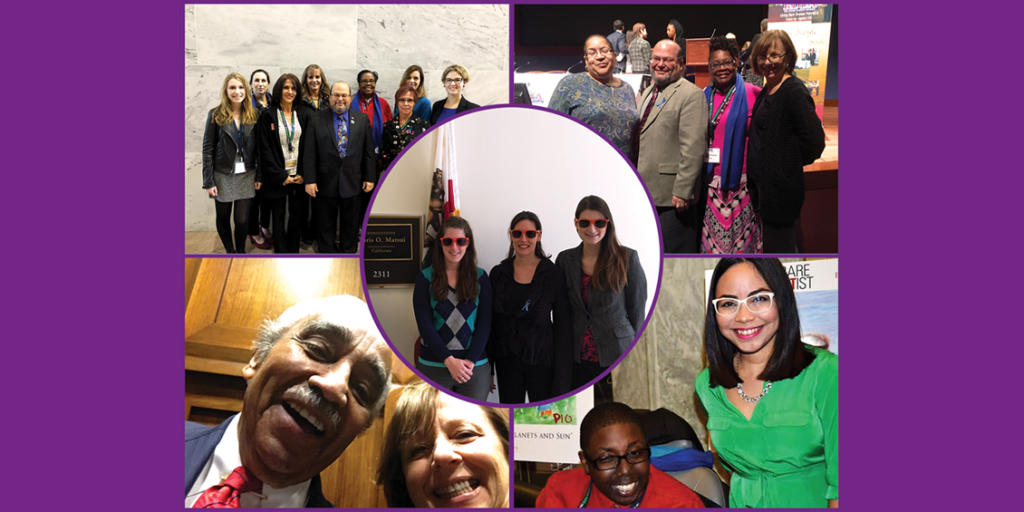
The IPPF strives to do many things for the pemphigus and pemphigoid community, but our three biggest goals are to raise awareness, create a support network, and to increase education. One of the biggest tools that we have at our disposal to accomplish those goals is social media.
Social media is one of those funny things in our society which people seem to either love or hate. For a rare disease non-profit organization such as IPPF, it is a really important tool, and community involvement is critical. The IPPF is committed to keeping our costs low, in order to put the most funds possible into programs which benefit our patient community. Budget Management is a high priority to us. A free platform that allows our members to share information and interact with our community is a highly desired solution.
“What is #healourskin?” We tell them to search on social media and they soon discover pemphigus and pemphigoid. More importantly, they see the faces of the people that it affects, hear their stories, and understand the struggles.”
With social media, we can easily reach a global audience and provide information for patient education, a support group meeting, and new postings on our website. We can inform about upcoming clinical trials, important rare disease legislation, and more by posting on social media. We can also connect members and non-members affected by P/P with each other through social media, and that may be the most important aspect of all.
The other funny thing about social media is the use of the hashtag. For some of you reading this article, the hashtag is known as the pound sign. For others, its only use has been as “the hashtag”. Everyone seems to have their own take on the hashtag; people either love it or hate the use of the hashtag. Many social media users add hashtags their comments to be funny or to add to the context of their post. However, the hashtag was created to bring others into a singular conversation, inviting them to engage in the dialog.
For non-profit organizations like IPPF, using hashtag brings awareness to our cause. It encourages members and non-members alike to talk and question, to share experiences, and to support each other. Social media helps the IPPF meet our goals of patient and doctor networking, supporting and coaching each other, and bringing awareness to the general public. Be a part of the larger conversation.
Help the IPPF support pemphigus and pemphigoid patients and bring awareness to the public. If you are posting on Facebook, Twitter, and/or Instagram, use hashtags like #pemphigus, #pemphigoid, #healourskin, #PutItOnYourRadar, and #RareDisease. Be a part of the larger conversation. Help spread awareness through hashtags. If a reader clicks on those hashtags, posts from everyone who has used those hashtags are found.
Imagine if our entire community used #PutItOnYourRadar, and our Awareness Campaign team encouraged dental professionals to search for that hashtag. The dentists and technicians would know more about pemphigus and pemphigoid, and perhaps help diagnose it sooner. Imagine using #RareDisease, #pemphigus and #pemphigoid in a Facebook or Twitter post and a pharmaceutical company is researching a new potential clinical trial. They can search for rare diseases on social media, find our community, and know how many people they could be reaching. Imagine an individual, newly diagnosed, alone, fearful, and confused. Help them search on social media for #pemphigus or #pemphigoid and discover #healourskin. Help them find our community and know they are not alone, and discover there are people willing to help support them.
A year and a half ago #healourskin was virtually non-existent. Now, when you do a search on one of the social media platforms you can see a whole community of people affected by pemphigus and pemphigoid using the hashtag. The more sharing of #healourskin, the larger it becomes and the more awareness that we create!
We at the IPPF get asked all the time, “What is #healourskin?” We tell them to search on social media and they soon discover pemphigus and pemphigoid. More importantly, they see the faces of the people that it affects, hear their stories, and understand the struggles.
We can raise awareness. We can educate medical professionals about pemphigus and pemphigoid. We can reach out to pharmaceutical companies about better treatments. We can advocate for better laws for rare disease patients and request more funding for research. We can come together as a community for change, but we here at IPPF can’t do it without you. We need you as part of the conversation.
So join in! Post on Facebook, Twitter, or Instagram and use those hashtags! Show the world how important we are. Show the world who you are and use #healourskin!
Don’t forget to wear the #healourskin sunglasses…










